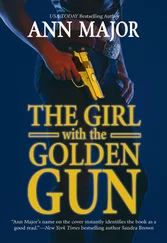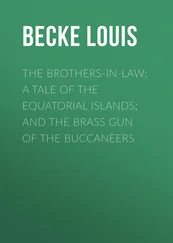Soon afterward, Baltimore’s HEAT squad and the local ATF office began a joint investigation. An ATF agent compared serial numbers from the RSR shipping invoices with records of guns confiscated during arrests made by Baltimore police. He discovered that one month earlier, on September 20, officers had confiscated a nine-millimeter pistol that had been shipped to Carroll Brown in July. Two weeks later, he found, Baltimore police had seized two more of Brown’s guns, from two suspects arrested for illegal possession of handguns. One suspect, according to a federal affidavit, was a three-time felon.
On November 16, Baltimore detectives investigating a homicide conducted a search of one suspect’s home and recovered a Cobray M-11/9 made by S.W. Daniel and sold by Brown. Five days later, police arrested four other suspects on handgun charges and found three more guns that had been sold by Brown, including another Cobray pistol. One of the guns, a Glock nine-millimeter automatic, had been shipped to Brown by a distributor just five days before. Another arrest one week later yielded another Cobray, this with its serial number obliterated. Technicians were able to restore the number, and police traced this gun also to Brown. It had been shipped to him about six weeks earlier.
On December 10, a man named Melvin King telephoned Brown and, identifying himself as a resident of Richmond, Virginia, asked to buy a Glock. King called Brown twice more over the next two days. On December 13, Brown agreed to meet him and sell him the pistol. Brown told King to come to a shopping plaza located about a mile from Brown’s home.
When King arrived, he found Brown sitting in his 1989 Dodge, listening to a radio scanner capable of picking up police communications. Brown told King to sign what he called a “requisition blank” but told him not to write down that he was from Virginia. Brown agreed to sell King two more Glocks at another meeting they set for one week later.
Melvin King was an ATF agent. On December 20, he arrested Brown on felony charges of violating federal firearms laws. The next day Baltimore police arrested Brown again, this time on state charges. Brown pleaded guilty on March 7, 1991, and on May 31 was sentenced to twenty-one months in federal prison, later reduced to nineteen months.
The guns Brown had sold, however, continued their travels. As of January 1991 police had recovered only a tenth of the 268 handguns he had received from distributors.
Just over a week after his sentencing, at about two A.M. on a lovely spring night, another of Brown’s guns made an appearance on the streets of Baltimore. A drug dealer named Ronnie Hunt had acquired a Glock .40-caliber pistol that Brown had sold to a convicted felon the previous October. Hunt and an associate cornered Sheldean Simon, a member of a local rap group called Murder Inc., and opened fire. Simon drew two nine-millimeter pistols of his own, but faced an onslaught like something from the tommy-gun massacres of the 1920s. Within seconds his opponents fired some seventy rounds of ammunition. Simon fired only once. He died after being struck by two of the forty-four rounds fired from Hunt’s Glock .40.
Brown’s nine-year-old daughter wrote a letter to the court to help her father: “Dear Judge: My daddy is not a bad man. He has been very good to all of us. He does his best to take care of us.” Rev. James Ross, pastor of Nicodemus Baptist Church in Baltimore, wrote to the judge as well, pleading that Brown “was not intentionally trying to break the law, but that he ran his business somewhat haphazardly. He did not commit a crime of violence; he was only trying to provide a secure financial position for his children and wife.”
Soon after the murder of Sheldean Simon, however, Baltimore detective Harry Edgerton told a Sun reporter, “As we speak, people who are out there right now, who are killed or wounded, could be the responsibility of Carroll Brown. In the end, all this gun stuff comes down to one guy who says, ‘I don’t want to follow the rules.’”
Among the guns Brown sold were twenty-seven Cobray pistols of the kind carried by Nicholas Elliot.
♦ ♦ ♦
On those occasions where ATF does take a proactive rather than merely reactive approach to policing America’s gun dealers, it invariably discovers crooked dealers responsible for diverting thousands of weapons into criminal hands. A classic example of such enforcement, and the kind that ought to be pursued as a matter of routine, is Project Detroit, an ongoing effort by ATF and the Detroit police to trace as many guns as possible.
ATF began the first Project Detroit study with a pool of 2,342 weapons entered into the property room at Detroit police headquarters between January 1989 and April 1990. Common wisdom nurtured by an endless series of TV crime shows and detective novels holds that all weapons can be traced readily, but that is not the case. ATF agents were able to trace only half the weapons in the initial pool. The remainder of the guns had been incorrectly identified by investigators, were too old to be traced (any weapon sold before the Gun Control Act of 1968 is essentially untraceable), had obliterated serial numbers that could not be restored, or could not be traced because of inadvertently or deliberately sloppy record-keeping among licensed dealers.
In its report on this first phase of Project Detroit, the bureau—gun-shy ever since its near demise under Ronald Reagan—was careful to note that high-volume dealers would necessarily experience more traces. It is a truism, indeed, that the bigger the gun dealer’s volume of sales, the more often the guns he sells will be used in homicide, suicide, rape, robbery, assault, and gang warfare. The report said, “Just because an FFL has sold a large number of weapons that were subsequently used in crimes does not necessarily indicate the FFL is intentionally diverting weapons to the criminal element.”
Yet of the five licensed dealers identified most often in the Project Detroit traces, four—including the top three—became the targets of full-scale ATF investigations. The worst offender, according to the report, was Sherman Butler of Sterling Heights, Michigan, near Detroit, whose Sherm’s Guns accounted for twenty-nine traces stemming from a range of crimes that included at least two homicides. Butler’s specialty was the sale of S.W. Daniel Cobrays modified to include a sixteen-inch barrel and shoulder stock, thus qualifying them as long rifles and allowing purchasers to buy them without first having to comply with stricter federal and local handgun regulations. For $125 extra, however, Butler threw in a pistol-length barrel and enough of a pistol frame—a pistol “upper receiver”—to allow buyers to quickly turn their carbines back into semiautomatic pistols.
Next in line, with twenty-seven traces, was Steven Durham, whose All Gun Cleaning Service in Detroit “provided hundreds of firearms to the most visible and most violent narcotics organizations in the Detroit metropolitan area.” Durham persuaded acquaintances to fill out the form 4473s for specific handgun purchases even though these associates never actually bought the guns. Instead Durham simply filed their records and sold the guns to illegal buyers.
Three other federally licensed dealers, as a routine business practice, obliterated the serial numbers on every gun they received from wholesalers. The report estimated that together the three had sold more than three thousand firearms “and that law-enforcement officers will be recovering them in various crimes for years to come.”
In all, Project Detroit led to investigations of thirteen licensed dealers—including six of the top ten in traces—and successful prosecutions against all but three. Two of the three died (one blew himself up while manufacturing hand grenades); the third, whose case was still pending at the time of the report, was a Toledo, Ohio, dealer who allegedly sold cheap .25-caliber Raven pistols to anyone, regardless of age and background. That investigation began after weapons sweeps in Detroit’s public schools turned up an inordinate number of guns traced to him.
Читать дальше
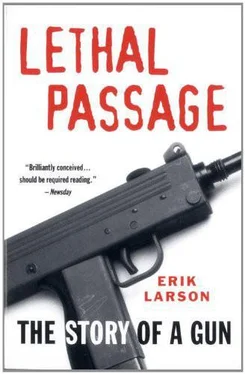
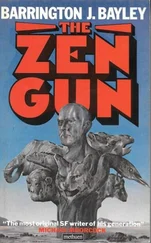
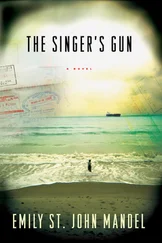

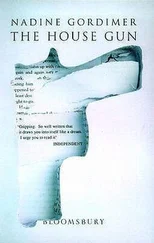

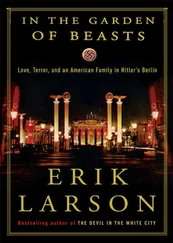

![Ричард Деминг - Whistle Past the Graveyard [= Give the Girl a Gun]](/books/412176/richard-deming-whistle-past-the-graveyard-give-t-thumb.webp)
